Tips For Resurfacing
your Damaged Driveway
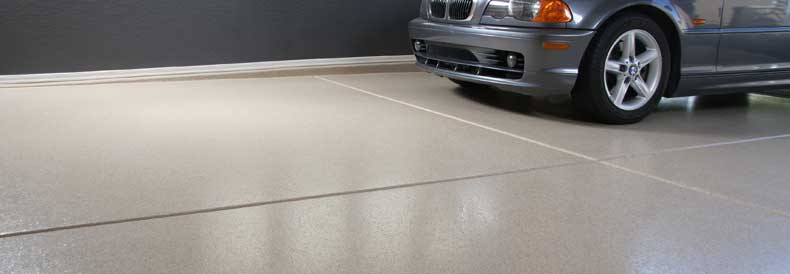
Has your concrete driveway begun to show signs of its age with tiny, spiderwebbing cracks or stains? These imperfections can greatly decrease the curb appeal of your home and ultimately decrease the value of your home. But, these forms of damage and imperfections are not as bad as they look so don’t go running to find a contractor to replace your concrete! There is a process known as concrete resurfacing that can save you thousands of dollars and weeks of time! So today, we are going to be going through a couple of tips to make sure your resurfaced concrete driveway is the best it can possibly be!
Cleaning Your Driveway
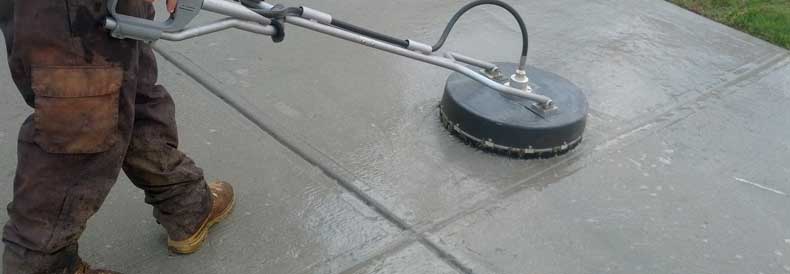
One of the biggest steps in the process of driveway resurfacing is how clean you can get the concrete of your driveway. A clean concrete surface is the best concrete surface to apply your micro-topping to as the cleaner, the better adhesion you can expect. The best way to make sure your concrete gets a proper clean is to use a 3500 PSI pressure washer that you can rent at your local home improvement store. There are things that you can see that will show you if you have a cleaned the concrete well and if you didn’t clean it well enough and you can find a few of these factors down below:
Pros
- A nearly endless selection of base colors
- The option to use multi-colored or single-colored flakes with unlimited configuration
- The ability to use the ever beautiful metallic epoxy flooring system.
- There are even ways to implement logos and text into your garage floor
Cons
- Can easily be improperly installed
- Will need to be replaced if not up to par
- Epoxy can be very hard to remove
- Not everyone loves the look of epoxy
Applying Your Micro Topping
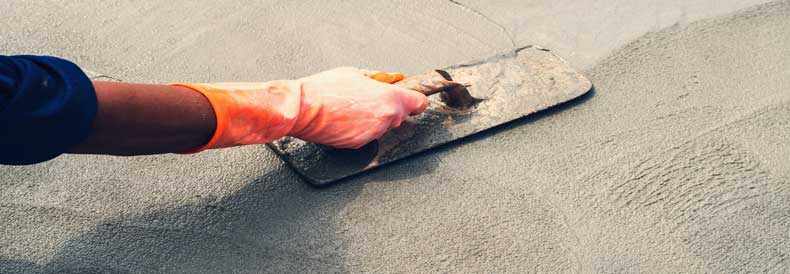
The next step is where you really start to see the fruits of your labor. There are dozens of different types of micro toppings or concrete resurfacers on the market that big companies such as Quikrete produce that are perfect for all residential applications. To apply your resurfacing agent, we recommend the use of a five-gallon bucket or concrete mixing tote to mix the material into a consistency a little thicker than pancaked batter. This consistency will make spreading your resurfacer much easier and go much faster! Remember, depending on the size of cracks and quantity of cracks, 1-3 coats may be required! Now, you can use your resurfacer as your coating, use a broom as its drying to get the broom finished look and call it a day. But this coating can actually be used as a base for more attractive coatings that you can find down below!
Decorative Concrete
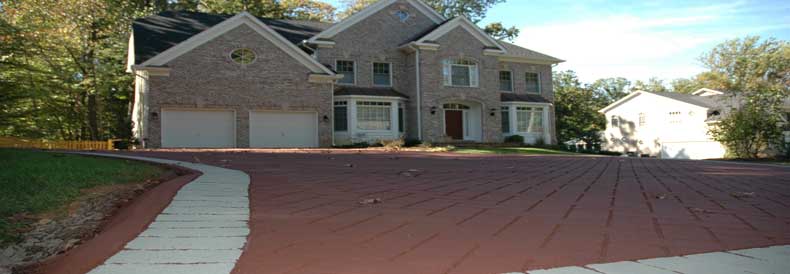
Besides stamped concrete overlays, there are dozens of different types of decorative concretes like artistic overlays and even wood-concrete. Decorative concrete is an amazing way to complement your homes appearance as well as its surrounding landscaping. Just like stamped concrete, there are advantages and disadvantages of using decorative concrete that you can find down below:
Pros
- One of a kind appearance
- Highly personalizable
- High curb appeal
Cons
- Hard to repair
- Professional assistance
- Chips and gouges are common
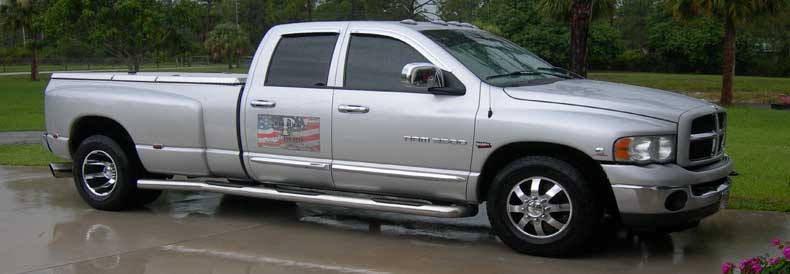
Polished concrete has only recently begun seeing use in the residential market but that doesn’t mean that you shouldn’t trust it! Polished concrete has been one of the most trusted flooring systems in commercial and industrial facilities around the world, including commercial garages. Following the trend of the previous coating systems, down below you are going to find the pros and cons of using a polished concrete flooring system:
- A permanent flooring solution
- Dramatically improves visibility
- Can be customized with stains, saw cutting and aggregates
- Extremely easy to maintain
- Little to no protection from physical damage
- Still prone to cracks
- DIY is close to impossible
- Can become slippery when wet
Sealed Concrete
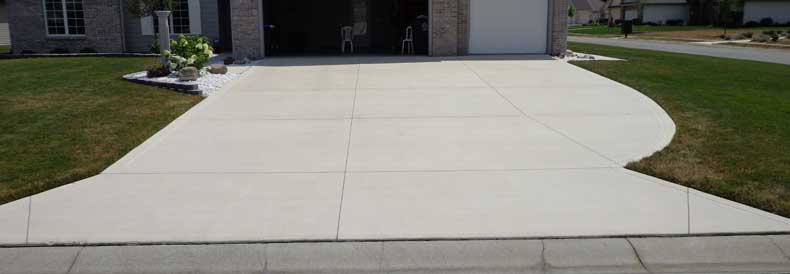
Sealed concrete is one of the few coatings on the market that let you keep the industrial and timeless look of your traditional concrete slab. Concrete sealers provide amazing waterproofing and even light reflection that won’t only keep you safe but your concrete safe as well. Don’t know if sealed concrete is what your garage needs? Well, we have outlined the pros and cons of concrete sealing down below:
Pros
- Completely waterproof
- Reflects light
- Rapidly installed
Cons
- Very fragile, will become damaged easily
- Very little options for customization
- Will need to be replaced every 3-4 years
At the end of the day, concrete driveway resurfacing is a time and money-saving project no matter how you look at it. While this process can be DIYed, don’t be afraid to reach out to your local concrete contractor for a helping hand!
